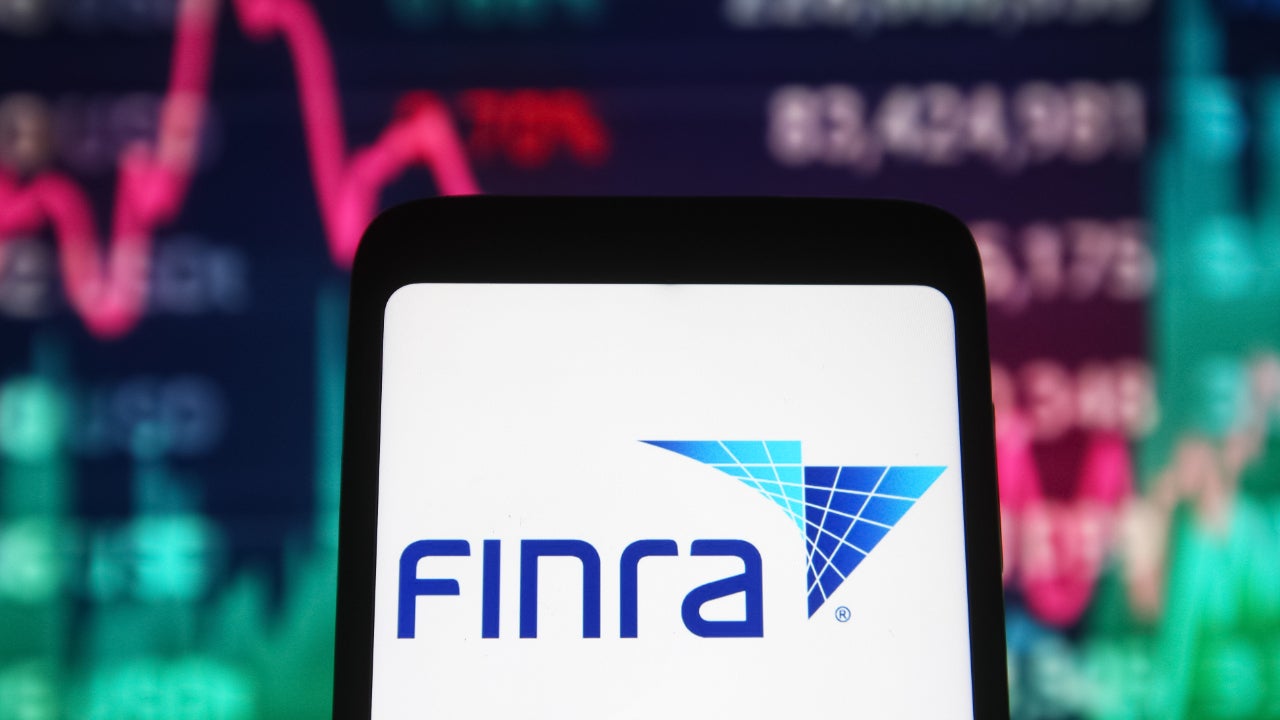What is the gray market for securities?

A gray market refers to the unofficial exchange of goods or services outside the usual channels for doing so. In the context of investing, a gray market refers to the trade of securities off a regular exchange. Generally, a gray market is a legal though atypical or irregular way to transact, standing in between the white market (legal and customary) and the black market (fully illegal and atypical).
Here are key situations where the gray market is used for securities trading and investing.
What is the gray market for securities and how is it used?
The gray market is the legal trading of securities through atypical channels, sometimes before official trading is permitted. A gray market may help market participants understand the potential demand for a security before its official debut on a standard exchange such as the New York Stock Exchange or Nasdaq.
This trading may take place on the over-the-counter market using trading symbols that are not the security’s final symbol. For example, three key places where stocks may be traded on the gray market are:
- Spinoffs: When one company spins off another, both the parent and spinoff may trade in the gray market on a “when issued” basis for several days or weeks. These “when issued” stocks have different symbols – typically the company’s regular symbol with a “-WI” appended to it – and they are redeemable for the company’s stock when “regular way” trading begins. When the stock of the parent and spinoff are officially distributed to investors, the trade in these gray market stocks ceases.
- Preferred stock IPOs: Preferred stocks also trade in the gray market days before they officially trade in the regular way on the standard exchanges. The preferred stock typically has a different symbol from its final symbol during official “regular way” trading. Gray market preferred stock often trades a few percent below the official IPO price, as underwriters look to distribute it.
- Suspended stocks: Stocks that have violated the listing requirements of a major exchange such as the New York Stock Exchange may begin trading in the gray market. They typically trade under a different symbol from when they were exchange-listed.
Don’t mistake securities in the gray market as merely penny stocks or other potentially fraudulent companies. Many securities on the gray market are transitioning from one exchange to off-exchange trading, or vice versa, with the gray market as the limbo place to trade.
Gray market: advantages and disadvantages
The gray market may offer some advantages to investors who are looking there for a potential “leg up” on the competition, but it’s not without some drawbacks as well.
Pros of the gray market
- Access to securities first: The gray market allows investors who know where to look an opportunity to purchase securities before less-informed investors.
- Access to securities at a more favorable price: As part of the benefit of seeing securities ahead of their regular debut, investors may find them at a better price. For example, spinoffs that trade in the gray market may be priced more favorably than when trading regular way, allowing investors to buy before larger investors push up the price.
- Less competition: By trading on the gray market, investors can access securities with fewer investors nosing about, especially large investors with greater resources.
- Higher yields: Similarly, those purchasing preferred stocks in the gray market, for example, may be able to lock in higher yields than purchasing regular way.
Cons of the gray market
- Low volume: Stocks in the gray market typically trade with much lower volume or for a shorter duration than stocks on a major exchange. So you may not be able to purchase a substantial position via the gray market or your purchases may move the stock.
- Trades may not settle: A purchase on the gray market may not settle if there’s some issue, such as a company pulling out of a spinoff at the last minute.
- Increased risk: Trades on the gray market may have a greater risk such as the potential to not settle, and companies may have even lower disclosure requirements or otherwise lack financial information that is vital for investors to know.
Bottom line
The gray market is the exchange of securities off a regular exchange, a practice that can offer advantages to investors who can access the securities at that time. But the gray market also offers some drawbacks, including low volume and potentially lower disclosure requirements.






